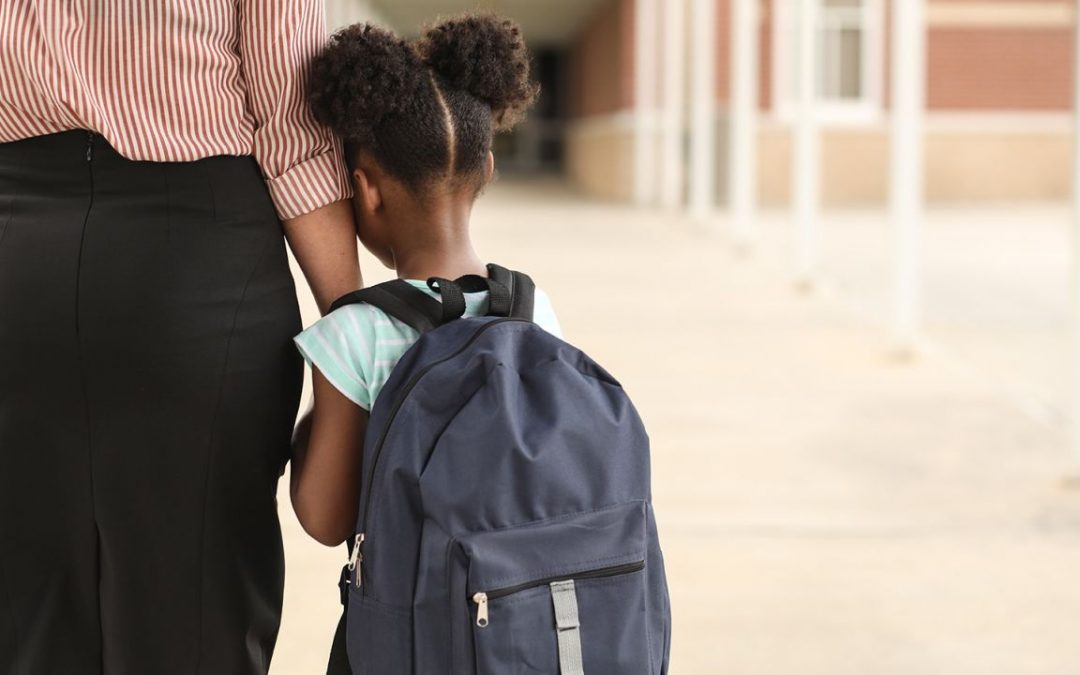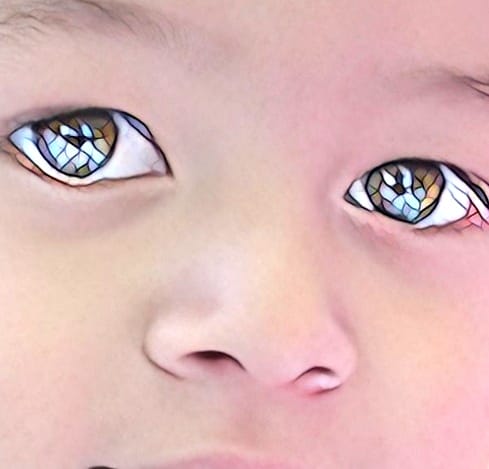Anxiety symptoms in kids – CNN
Click here to read the ORIGINAL ARTICLE: “Kids can show anxiety symptoms early on. Here’s how to spot them.”
Excessive clinginess to parents can be a sign a child is struggling with an anxiety disorder, experts have said
By Kristen Rogers, CNN. Mon May 16, 2022
Your child doesn’t want to go to the playground to play with other kids. Or she doesn’t want to attend a friend’s birthday party or the class pool party.
How do you know whether she’s just having a bad day or if it’s a sign of ongoing anxiety she might be experiencing?
Anxiety disorders are marked by persistent and excessive worries. While someone with generalized anxiety might worry about various everyday things, someone with social anxiety typically has “intense or persisting fears or worries about being judged negatively by other people,” said Rachel Busman, a White Plains, New York-based clinical psychologist and cognitive and behavioral consultant who specializes in anxiety. “You’re worried about saying or doing something that’s going to make you look dumb or incompetent.”
One-fifth of children worldwide have anxiety symptoms that are “clinically elevated,” or worse than what’s considered normal, according to a 2021 study. In the United States, 9.4% of children ages 3 to 17 – about 5.8 million – had diagnosed anxiety between 2016 and 2019, according to the US Centers for Disease Control and Prevention.
Anxiety symptoms can be difficult to spot, but the sooner parents notice signs, the earlier mental health professionals “can help parents and kids understand what’s happening,” said Dr. Rebecca Baum, a professor of general pediatrics and adolescent medicine at the University of North Carolina at Chapel Hill.
Children with anxiety might begin to avoid anxiety-inducing situations. This behavior can facilitate a cycle that makes their fears bigger and bigger, Baum added.
But “the earlier we have tools, the earlier we can set kids on a path that encourages them to be resilient and helps them face the things they’re fearful of,” Busman said.
Read on to learn about early physical, behavioral and emotional signs of general or social anxiety, and how to help your child.
General anxiety
Common signs of general anxiety in children – according to the United Kingdom’s National Health Service, Michigan State University, Baum and Busman – include:
- Difficulty concentrating
- Trouble sleeping, bed-wetting or bad dreams
- Not eating properly
- Clinginess
- Lack of confidence to try new things or inability to deal with simple, everyday problems
- Avoidance of everyday activities, such as seeing friends or going out in public or to school
Inability to talk in some social situations - Reassurance seeking (repeated questions to reconfirm worries, such as exactly when and where you’re going to pick them up from school, or if the weather’s really going to be nice enough for a playdate)
- Physical symptoms such as using the toilet often; tearfulness; headaches; dizziness; lightheadedness; sweatiness; stomachaches; nausea; cramps; vomiting; fidgeting; or body aches (especially if they usually occur before an educational or social obligation)
Tantrums, irritability or defiance could be misunderstood as disrespectful behavioral problems, but anxiety could be the underlying cause, Busman said. Refusal to do homework could be because they are anxious about making mistakes.
Children “don’t necessarily have the tools to say, ‘This is really causing me distress,’” Busman said. “So, they act out.”


